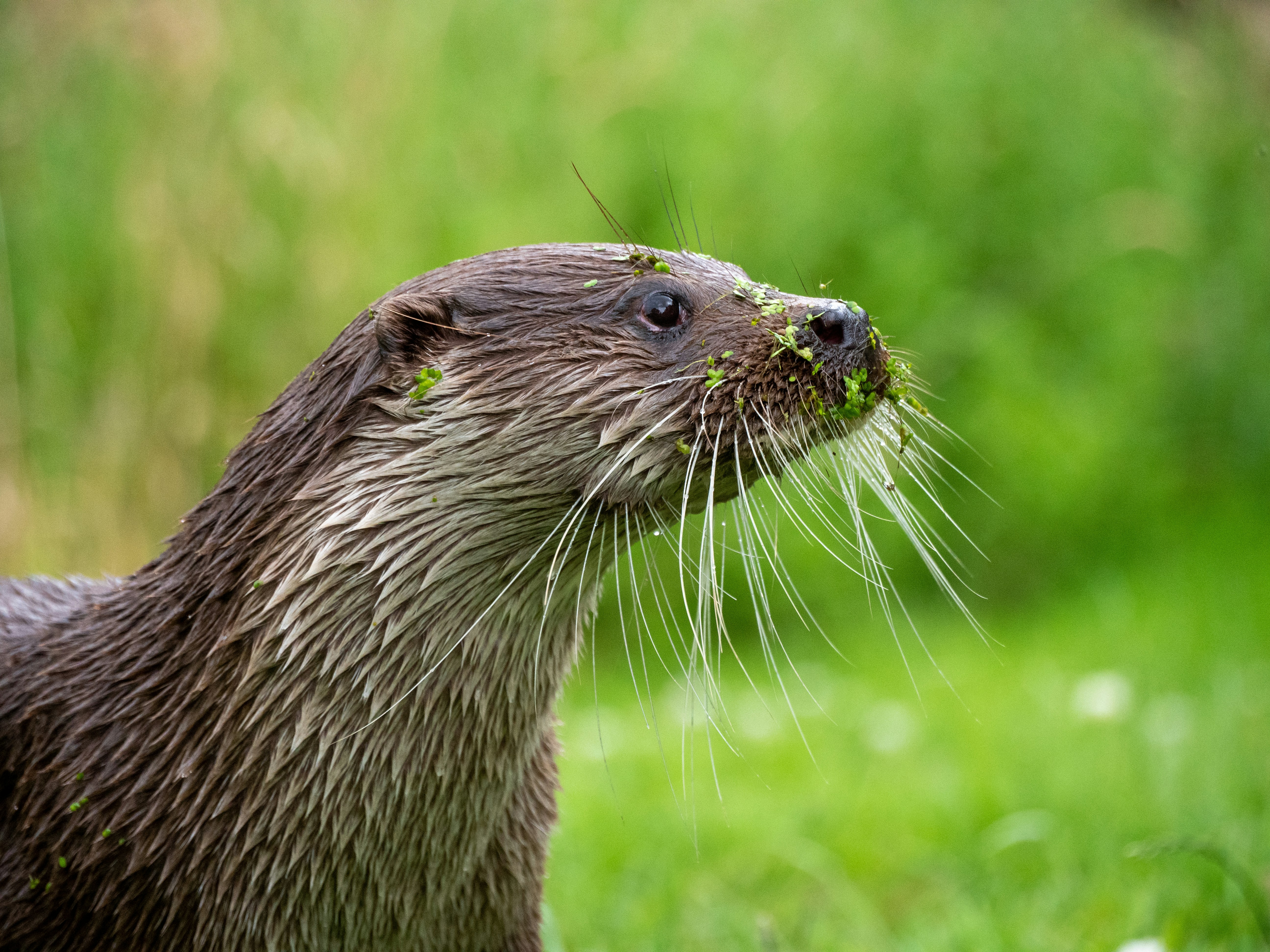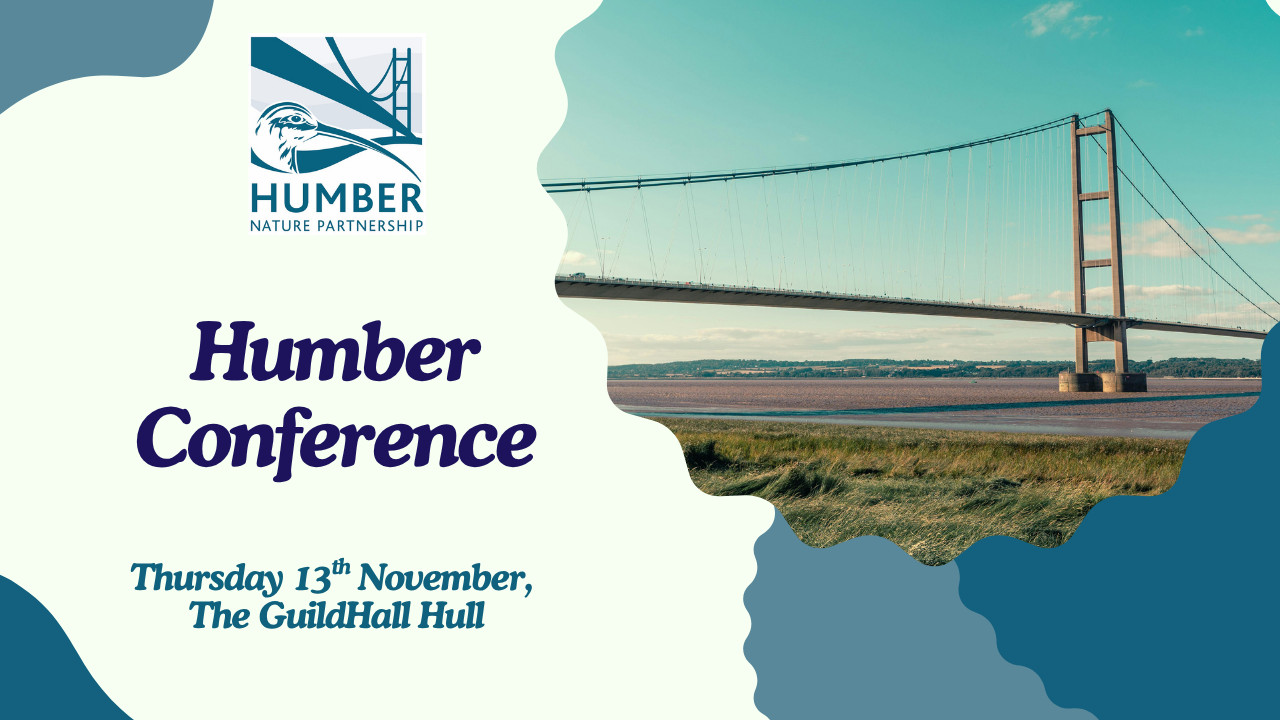28 May
Species Spotlight: Eurasian otter
Wildlife
The last Wednesday of May is World Otter Day. This day was started by the International Otter Survival Fund, to bring awareness of these very important animals. There are 13 different species of otters worldwide, many of which are endangered or threatened. Otters are just one member of the Mustelidae family, that are characterised by their short legs, slender bodies, and thick necks that lead to a smaller head. Some other Mustelidae includes UK species such as badgers, weasels, pine martens and domesticated ferrets.
European otter, also referred to as Eurasian otter (Lutra lutra) are native to the UK, including the banks of the Humber Estuary. A fully grown adult can measure 1.1m to 1.3m from nose to tip of the tail and weigh around 6-9kg. They can be confused with mink from a distance, but they are much larger and swim with only their head exposed, compared to mink which swim with their back out of the water.
Otters are one of the UK's top predators, eating amphibians, fish and crustaceans. They are solitary when not breeding or raising young. Although they are able to breed all year round, most pups are born between May and August. Pups are born in underground burrows called "holts" and by 10 weeks are able to swim for the first time. They will stay with Mum for a year before setting out to explore the rivers by themselves. Otters have evolved to live and hunt in rivers; they have webbed feet, and their nose and ears close when underwater. To deal with the cold weather in the UK, they have dense fur that works just like a raincoat; it keeps water out and keeps them toasty and warm. Once they have reached 2 years, they are able to breed and can live for up to 10 years in the wild.
Otters are protected in the UK under:
The Wildlife and Countryside Act 1981.
Priority Species under the UK Post-2010 Biodiversity Framework.
European Protected Species under Annex IV of the European Habitats Directive.
Listed as Near Threatened on the Global IUCN Red List of Threatened Species.
Where to see otters and how to spot them?
Otters are most active at dusk and at night, so it can be pretty hard to see them. They are often located in shoreline habitats such as reed beds. Scientists and conservationists can follow signs of their presence, and sometimes use a camera trap to catch footage of these amazing animals to learn more about them.
Tracks can be seen in mud and sand close to the water. Otters have 5 toes, although the prints may only show 4. The whole print would be around 40-80mm across.
Spraint is another word for otter droppings. They are greenish, black-grey in appearance, with visible bones, feathers, and other remnants of their diet. Weirdly, they smell sweet like jasmine tea. They will often be found along banks of water on rocks and logs to communicate with other otters and mark their territory.
Water activity can be another key indicator of otters nearby. Otters can be spotted by a stream of bubbles in the water and a V-shaped wake behind them as they swim along. At the water surface, you may even catch a glimpse of their head or tail as they dive underwater.
Threats and Conservation Efforts
Otters are one of the top predators in the UK and have no natural predators. However, they are still at threat from pollution and habitat destruction. Previously, otters were on the brink of extinction due to hunting prior to the 1950s and chemicals in the water course. The 1980s were a turning point for otter survival. They were given their current protection under the law, water quality improved, and with the aid of reintroduction programmes, the population became more stable. Pollution and habitat destruction are still a real threat to otters, not only in the UK but worldwide.
CT


